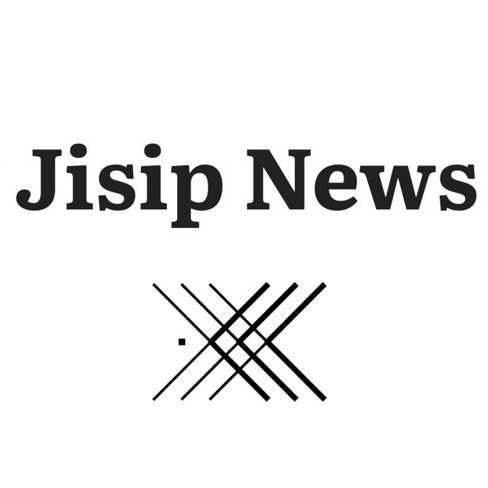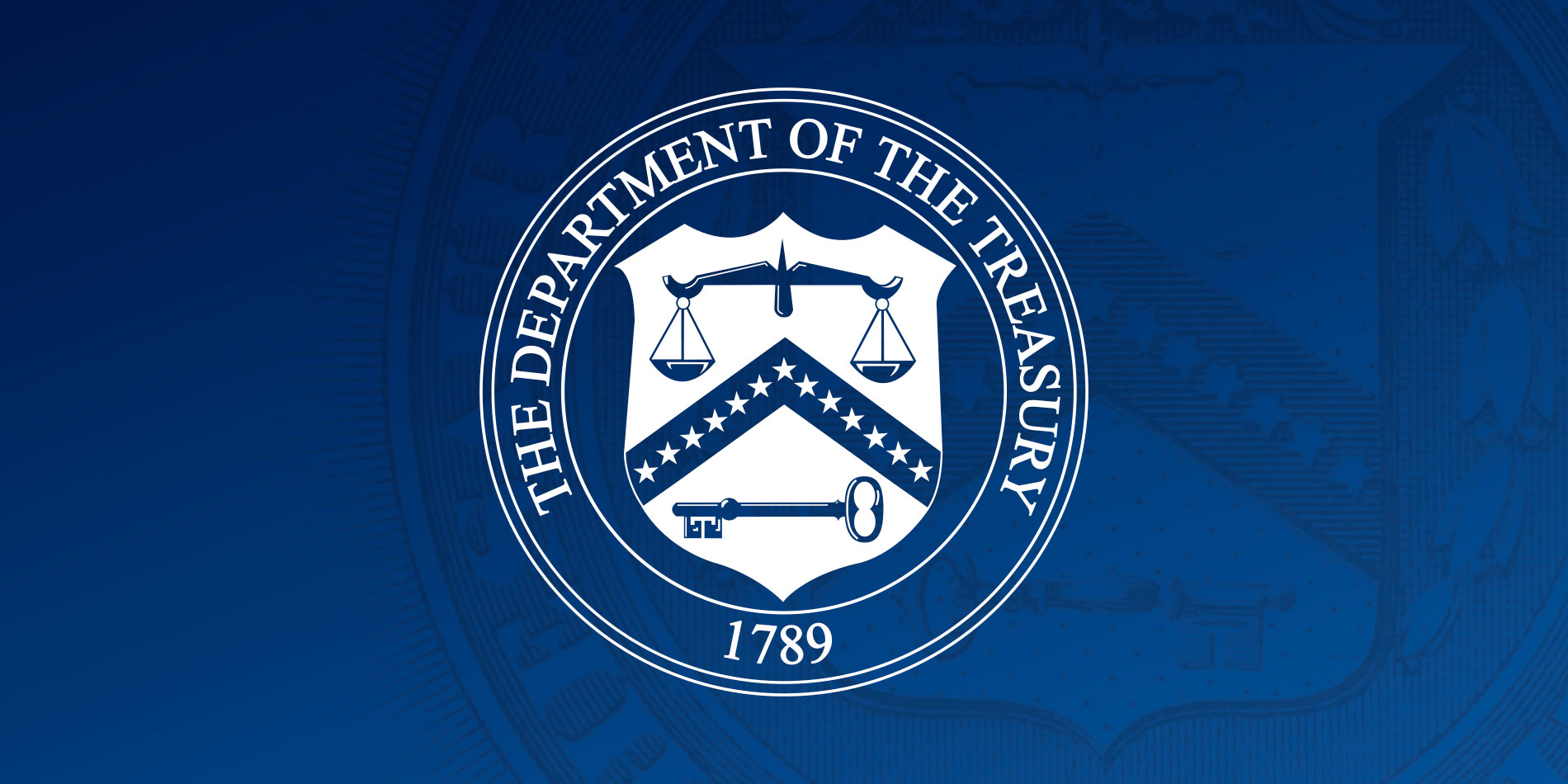New Inflation Reduction Act Provisions Allow State, Local, and Tribal Governments, Non-profits, U.S. Territories, Rural Energy Co-ops, and More to Access Tax Credits for Building a Clean Energy Economy
Washington, D.C. — As part of the Biden-Harris Administration’s Investing in America agenda, the U.S. Department of the Treasury and the Internal Revenue Service (IRS) today released guidance on key provisions in the Inflation Reduction Act to expand the reach of the clean energy tax credits and help build projects more quickly and affordably, which will create good-paying jobs, lower energy costs for families, and advance American innovation.
The Inflation Reduction Act created two new credit delivery mechanisms—elective pay (otherwise known as “direct pay”) and transferability—that enable state, local, and Tribal governments; non-profit organizations, U.S. territories; and other entities to take advantage of clean energy tax credits. Until the Inflation Reduction Act introduced these new credit delivery mechanisms, governments, many types of tax-exempt organizations, and even many businesses could not fully benefit from tax credits like those that incentivize clean energy construction.
“The Inflation Reduction Act’s new tools to access clean energy tax credits are a catalyst for meeting President Biden’s historic economic and climate goals. They will act as a force multiplier, bringing governments and nonprofits to the table,” said Secretary of the Treasury Janet L. Yellen. “More clean energy projects will be built quickly and affordably, and more communities will benefit from the growth of the clean energy economy.”
The Inflation Reduction Act allows tax-exempt and governmental entities to receive elective payments for 12 clean energy tax credits, including the major Investment and Production Tax credits, as well as tax credits for electric vehicles and charging stations. Businesses can also choose elective pay for three of those credits: the credits for Advanced Manufacturing (45X), Carbon Oxide Sequestration (45Q), and Clean Hydrogen (45V).
The Inflation Reduction Act also allows businesses not using elective pay to transfer all or a portion of any of 11 clean energy credits to a third-party in exchange for tax-free immediate funds, so that businesses can take advantage of tax incentives if they do not have sufficient tax liability to fully utilize the credits themselves. Entities without sufficient tax liability were previously unable to realize the full value of credits, which raised costs and created challenges for financing projects.
“Direct pay is a game-changer for our ability to spread the benefits of clean energy to every community in America,” said John Podesta, Senior Advisor to the President for Clean Energy Innovation and Implementation. “This provision of the Inflation Reduction Act will make it easier for local governments, Tribes, territories, nonprofits, schools, houses of worship and more to invest in clean energy, allowing them to save money, improve public health, and better serve their communities.”
Treasury’s proposed guidance today helps provide clarity for governments, tax-exempt organizations, and businesses to understand the law’s scope and eligibility requirements. The proposed regulations clarify which entities would be eligible for each credit monetization mechanism, lays out the process and timeline to claim and receive an elective payment or to transfer a credit, and addresses numerous other issues. Many of those issues were raised by stakeholders in response to Treasury’s far-reaching effort to solicit public input. The proposed regulations released today will now have a formal 60-day public comment period. Treasury and the IRS will carefully consider public feedback before issuing final rules.
Today’s guidance also includes temporary regulations for an electronic pre-filing registration requirement. The pre-filing process will help prevent improper payments to fraudulent actors like criminal syndicates and will provide the IRS with basic information to ensure that any taxpayer that qualifies for these credit monetization mechanisms can readily access these benefits.
Treasury and the IRS are committed to ensuring the process works for those who are eligible to take advantage of these provisions. Treasury and the IRS will provide more information about the pre-registration process later this year.
Treasury, working with interagency partners, will also conducting outreach to educate stakeholders, including through speaking engagements, webinars, and similar engagements in the coming months. This will include a series of webinars this summer, beginning on Thursday, June 29, where interested stakeholders can learn more. In addition, IRS.gov contains more information about the proposed and temporary guidance, as well as the underlying tax credits that can be used with elective pay and transferability.
Nearly three-quarters of the Inflation Reduction Act’s clean energy investment is delivered via tax incentives, putting Treasury at the forefront of this landmark legislation. Since the bill was signed into law last August, Treasury has worked expeditiously to write the rules that will make real the promise of this legislation. For a full list of Treasury’s work to implement the Inflation Reduction Act, see below:
November 4, 2022: READOUT: Stakeholder Roundtable on Clean Vehicles and the Inflation Reduction Act
November 29, 2022: Treasury Announces Guidance on Inflation Reduction Act’s Strong Labor Protections
December 12, 2022: Treasury and IRS set out procedures for manufacturers, sellers of clean vehicles
December 19, 2022: Treasury, IRS issue guidance on new Sustainable Aviation Fuel Credit
April 4, 2023: Treasury Releases Guidance to Drive Investment to Coal Communities
May 12, 2023: Treasury Department Releases Guidance to Boost American Clean Energy Manufacturing
###
Official news published at https://home.treasury.gov/news/press-releases/jy1533


